System: Trane XL19i 3-ton, two stage, two compressor heat pump w/ TWE040 variable speed air handler and Trane Residential zoning. SW Colorado house is massively insulated with passive solar that provides all the heat we need as long as the sun is out at least half the day.
The system worked perfectly for two years in both heating and cooling modes, then had a problem resulting from a vibration-related leak in the heat pump. The initial symptom was a repeating error code on the zone controller defrost status LED: blink 10 times, once per second, followed by steady on for 10 seconds.
We were told this meant the heat pump defrost had terminated on time rather than temp 10 times, and that this was a sign of being low on refrigerant. As instructed, we powered the system down, waited a few minutes and then turned it on again, and the code never appeared again.
On a service call in late March, they located the leak, the refrigerant was recovered, the leak was repaired, the system was tested and evacuated, and then the system was re-charged by weight (19.5 lbs for 32 line set). We assumed it was working at that time, but since we didnÂt need heat or cool for several months, we donÂt know for sure whether it ever worked correctly after the re-charge or not.
When cooling season arrived we found that in test modes both compressors work as expected with appropriate temps and pressures, but they cannot be controlled from the master stat in normal mode. If you set a zone to cool, the "compressor running" display line on the master stat comes on for about two seconds and then disappears. Heat modes do the same thing.
We're told this is most likely due to a stuck pressure or temperature limit switch, since the zone controller ignores these in test mode. The temp upper limit switches are integral to each compressor and, if bad, should not allow the compressors to run in test mode. So we presume a pressure limit switch is stuck on.
Though many people, both within Trane and elsewhere, tell us there are low pressure and high pressure limit switches on this heat pump (2TWZ9036), none appear on the schematics. The wiring diagram symbol key even lists LPCO and HPCO for Low Pressure Cutout Switch and High Pressure Cutout Switch, yet these names and the associated icons for pressure switches do not appear anywhere in the diagram.
Two contractors have failed to physically find these switches. One told us that Trane is notorious for depending on the temp limit switches alone rather than using actual pressure sensing switches. There are two small refrigerant line stubouts, one on the low side of the compressor and one on the high side, but nothing is attached to either of them.
WhatÂs the story on the pressure limit switches? Do they exist on this heat pump, and if so, where are they and why arenÂt their wires shown on the wiring schematics? Trane says theyÂre near the compressors in the area enclosed by the outdoor coil. Yet the only wires in that compartment are for the crankcase heater temp switch, the three wires to each of the compressor motors, and the variable speed outdoor fan wires. And if the zone controller is sensing an error status from the heat pump, why do we not see any error indication on its defrost LED or the "Service" indicator on the master stat?
WeÂve already paid a bunch for service calls that got us nowhere, and weÂre waiting on Trane to provide us with a dealer within a dayÂs drive who can troubleshoot this issue. Our location has virtually no air heat pumps and no one here knows anything about them. We repeatedly hear that "heat pumps donÂt work in Colorado," even though we made it through last winter  the coldest in 15 years- without ever using the strip heat (balance points were first stage 20 degrees and second stage 8 degrees). Cooling is optional here, but with heating season getting closer, we need to get this resolved.
In case youÂre wondering, our installing contractor, since heÂd never installed an air heat pump before, ordered a raft of incorrect parts including: the wrong air handler and low ambient cooling kit, unneeded crankcase heaters, missing outdoor thermostat, and on and on. Neither he nor we want him anywhere near our system again.
Any help is greatly appreciated.


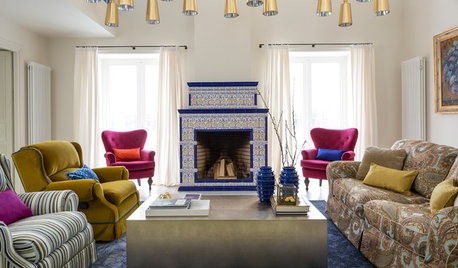
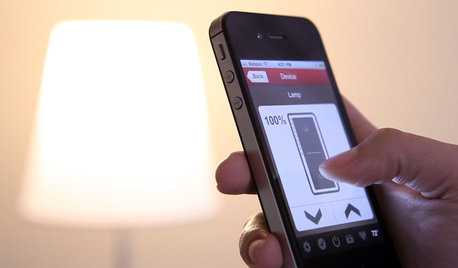

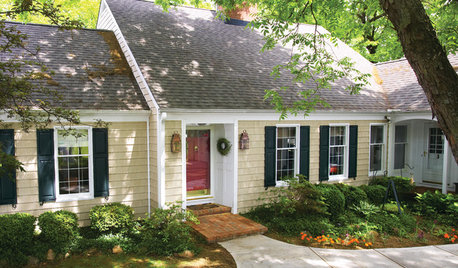
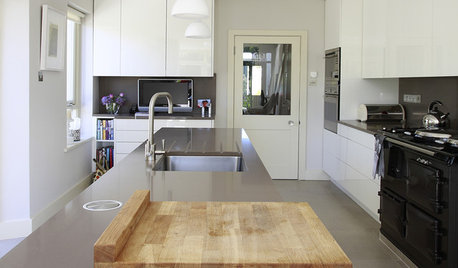
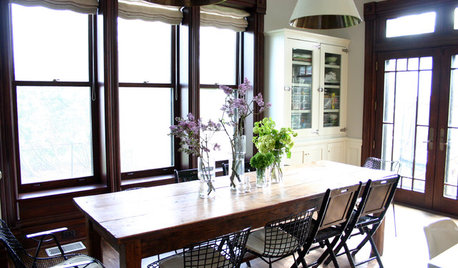
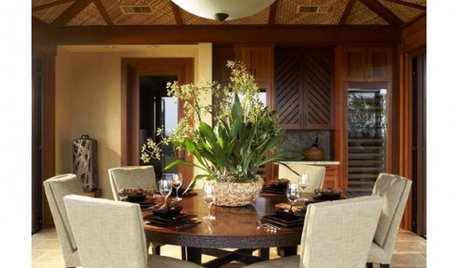




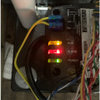
miken_2008
jjbothOriginal Author
Related Discussions
My Quote on a New Trane XV95 Furnace and XL 15i AC: OK??
Q
Goodman pressure switch
Q
Limit switch / possible work around
Q
Pressure tank water pump pressure switch..
Q
zl700
zl700
jjbothOriginal Author
jjbothOriginal Author
zl700
jjbothOriginal Author
zl700
jjbothOriginal Author